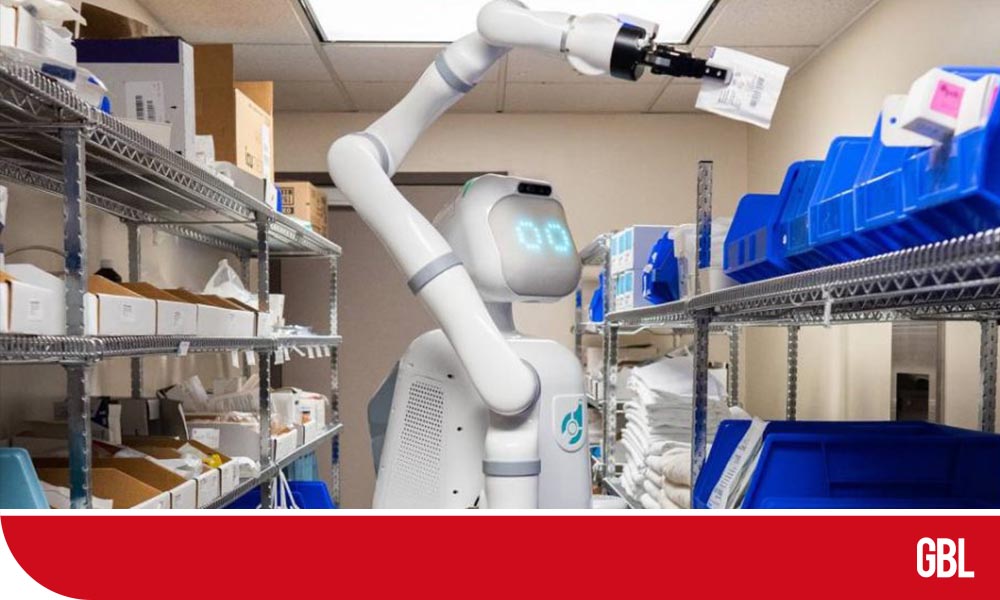Pointers at Glance
- The nurse from Mary Washington Hospital had an extra assistant on their shifts.
- Nurses say hospital robots are a welcome relief and are helping combat a wave of nurse burnout.
Moxi is a 4-foot-tall robot that ferries medication, lab samples, supplies, and personal items through the halls, from floor to floor. Mary Washington Hospital nurses in Fredericksburg, Virginia, have had an extra assistant on their shifts. After two years of fighting with Covid-19 and related burnout, nurses say it has been a welcome relief.
Abigail Hamilton, a former ICU and emergency room nurse that manages nursing staff support programs at the hospital, says there are two levels of burnout, i.e., weekend burnout and pandemic burnout, that the current care teams are experiencing.
Moxi is one of the several specialized delivery hospital robots developed recently to ease the strain on health care workers. Even before the pandemic, nearly half of US nurses felt their workplace lacked adequate work-life balance.
The emotional toll of seeing patients die and colleagues infected on such a large scale and fear of bringing Covid-19 home to the family has worsened feelings of burnout.
According to a survey from the National Nurses United Union, the world already had a nurse shortage going into the pandemic; nearly two out of three nurses in the US say they have considered leaving the profession.
The shortage sometimes leads to higher wages for permanent staff and temporary travel nurses. But it’s also paved the way for more hospital robots in health care settings. In countries such as Finland, nurses are demanding better pay and going on strike.
At the forefront of this trend is Moxi, which had spent the pandemic rolling down the halls of some of the largest hospitals in the country, carrying objects such as a smartphone or beloved teddy bear to patients in emergency rooms when Covid-19 protocol kept family members from bedsides.









